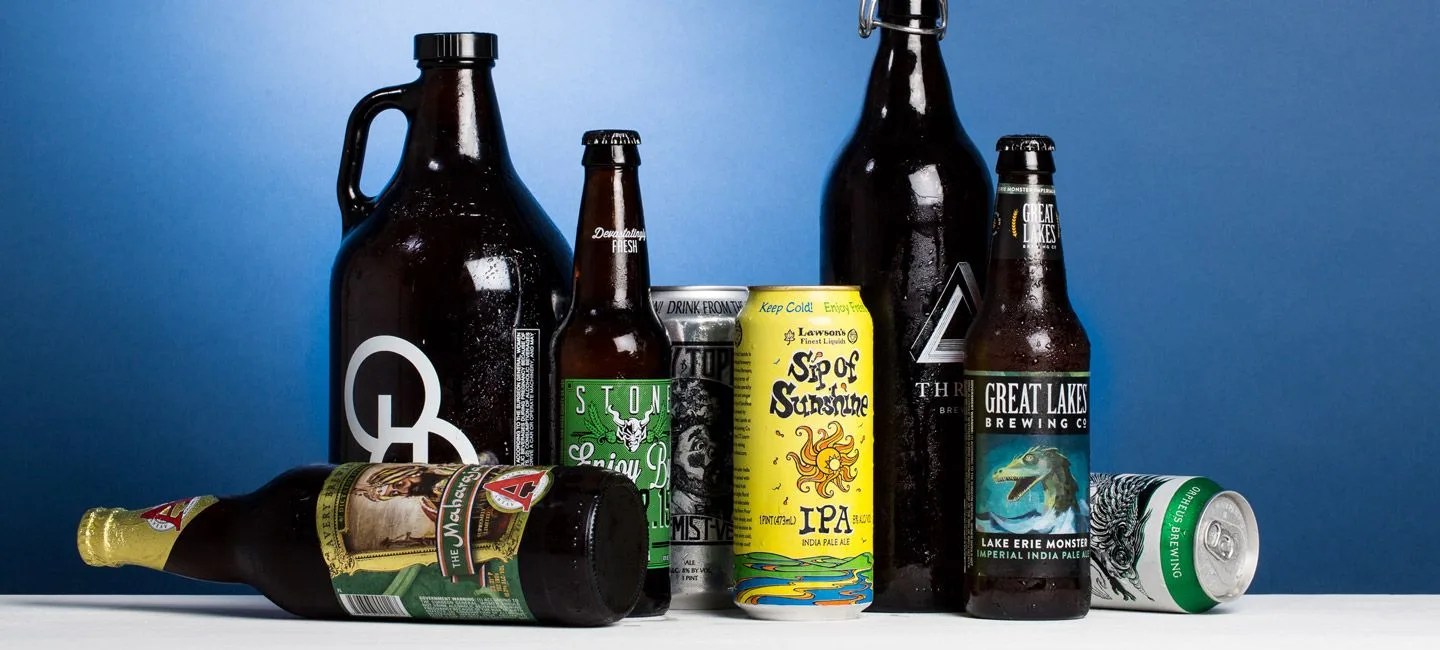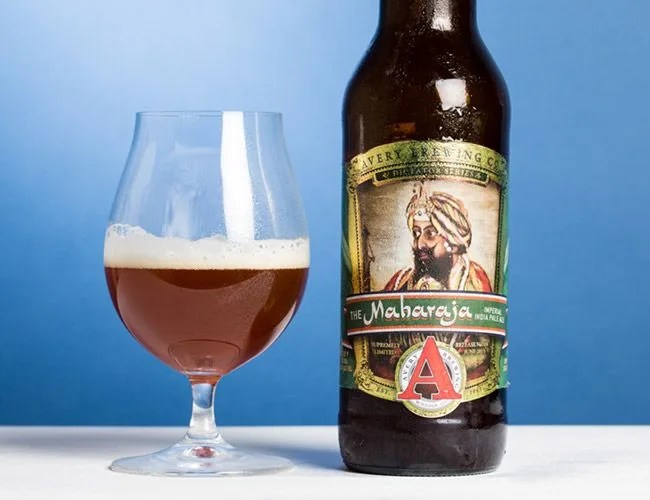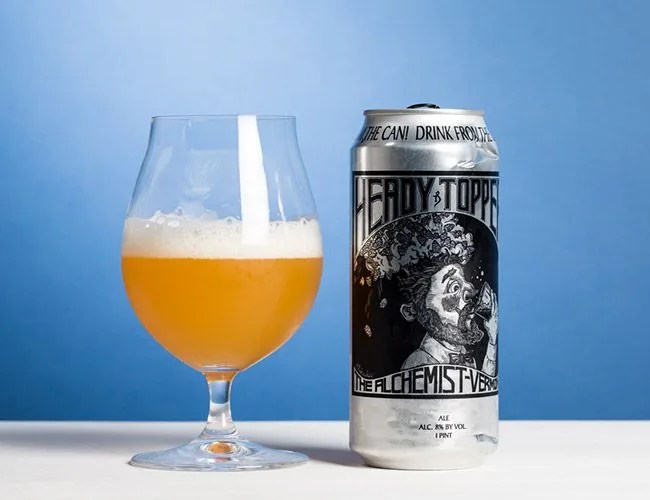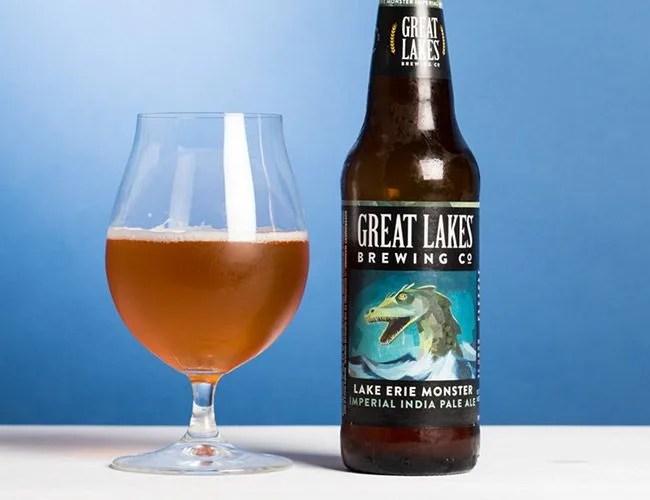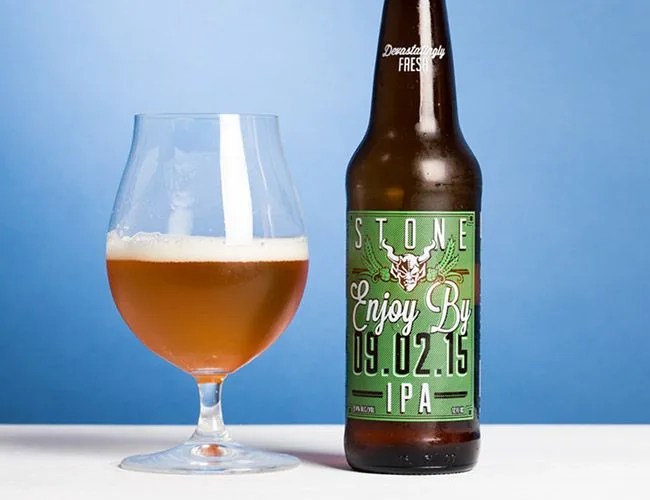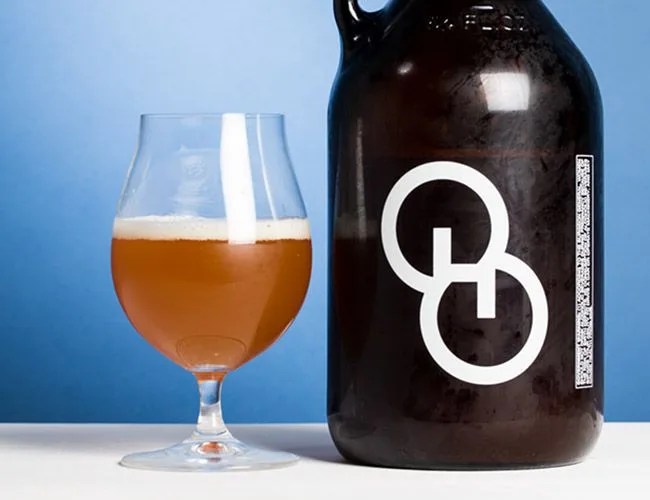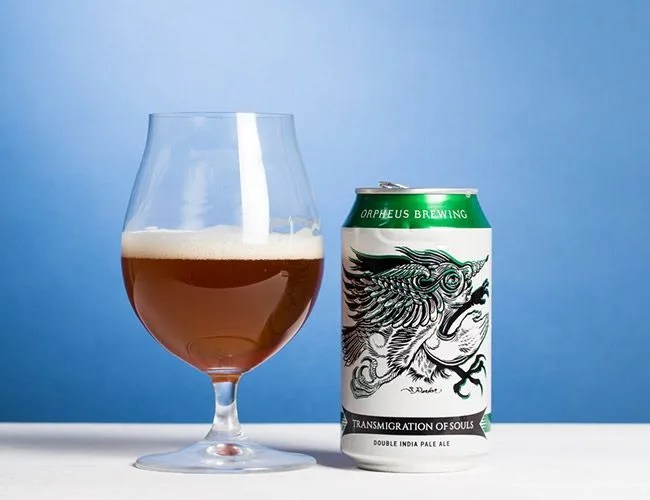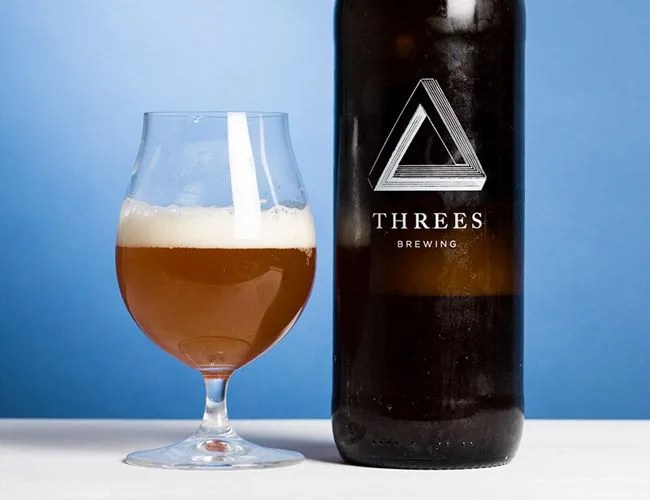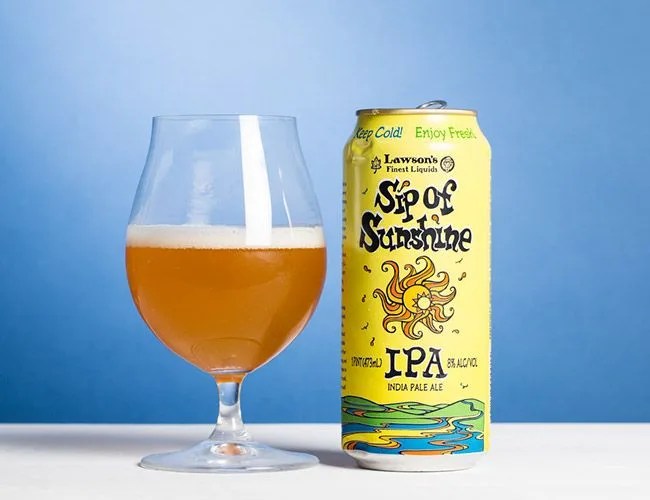If you’re impatient, thirsty or a little bit of both click here to skip to our favorite juicy double IPAs
“We dry hop it at a very high rate compared to most standards,” says Mitch Steele, Brewmaster of Escondido California’s Stone Brewing Company.
“I think that the biggest factor is moving the hops from earlier in the process to later in the process,” says Jason Pellett of Orpheus Brewing.
“Yeast plays a role in it too,” says Sam Richardson, Brewer and co-founder of Other Half Brewing in Brooklyn NY.
The subject of their debate is craft beer’s enigmatic obsession, the Juicy Double IPA. The term “juicy” has been used to describe the flavors lent by certain breeds of hops for some time, but only within the past two or three years has the word been paired with a new, increasingly popular breed of double IPA.
Historically, desirable IPAs and double IPAs were known for a strong malt backbone. Then, there was the “lupulin threshold shift” (a term popularized by Russian River‘s Vinny Cilurzo and Firestone Walker‘s Matt Brynildson): a popularization of beers with more and more hop flavors. These hoppier beers became the über-popular style of the double IPA — led at the front by Russian River’s Pliny the Elder. The next evolution in the “lupulin threshold shift”, it would seem, is the advent of the juicy double IPA.
But the Juicy DIPA, as it has come to be known, is not a formal beer category. It’s not even a subcategory. Yet on BeerAdvocate‘s list of the Top 250 beers, 53 of the 80 single or double IPAs can be described as “juicy”. And the trend is trickling down throughout the entirety of the craft beer community. A quick read through the forums on BeerAdvocate yields descriptions of juiciness and tropical fruits and forums debating which juicy IPAs are best. Reviews are a dime a dozen at best, and almost none of them try to define, any further than flavor, what exactly this “juiciness” is or where it is coming from.
